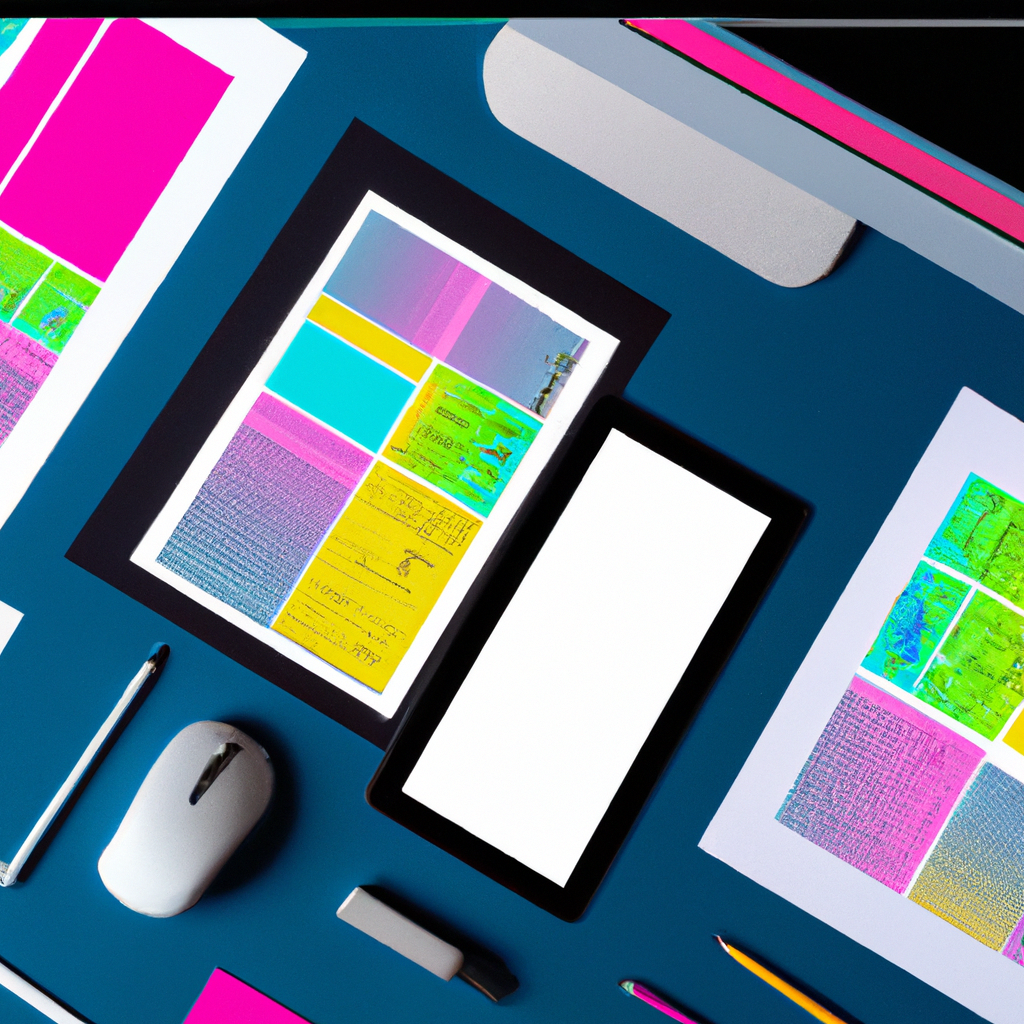
Power of Proportions: Grasping Grid Systems in Graphic Design
The Grid Guide: My Insights into Organized Design
During my expedition in the dynamic landscape of graphic design, I stumbled upon an architectural marvel – Grid Systems. This structural framework brought a new level of order and harmony to my creative canvas.
Grid Goals: Why are Grid Systems Important?
Why dedicate a tip to grid systems, in a field bubbling with innovative techniques and tools? Here’s my perspective:
- Structural Cohesion: Grid systems provide a structural base, enhancing the overall cohesion and balance of your design.
- Informed Placements: Defined grids ensure the strategic and informed placement of design elements.
- Enhanced Readability: Grids aid in creating clean layouts that promote easier navigation and readability.
Getting in Line: Tips for Working with Grids
Mastering the art of grids demands a studied approach. Here are some insights I’ve gained:
- Choose Appropriately: Grid type should depend on your design needs. For instance, a column grid for a magazine layout, modular grid for web design, etc.
- Consistency is Key: Maintain consistency in using the grid across different parts of your design to avoid visual cacophony.
- Break Free When Needed: Grids are guides, not chains. Feel free to break from the grid to emphasize certain elements.
Grid Glory
Grid systems’ effectiveness shines in several renowned designs – the modernist Swiss design posters, Classic website layouts, or even the Instagram app interface. Grids establish an unsung harmony in these designs.
Aligning Vectrors: My Grid Growth
Bringing grid systems into my design world was a profound game-changer. They gave me a reliable backbone to arrange my design elements attractively and methodically.
My message to fellow designers – Let’s not shy away from the controlled beauty of grid systems. They are the reliable guides in our journey, providing foundational support that anchors our creativity. So adapt, align, and design with grids to create designs that not only please eyes but also structure perception. Happy designing!